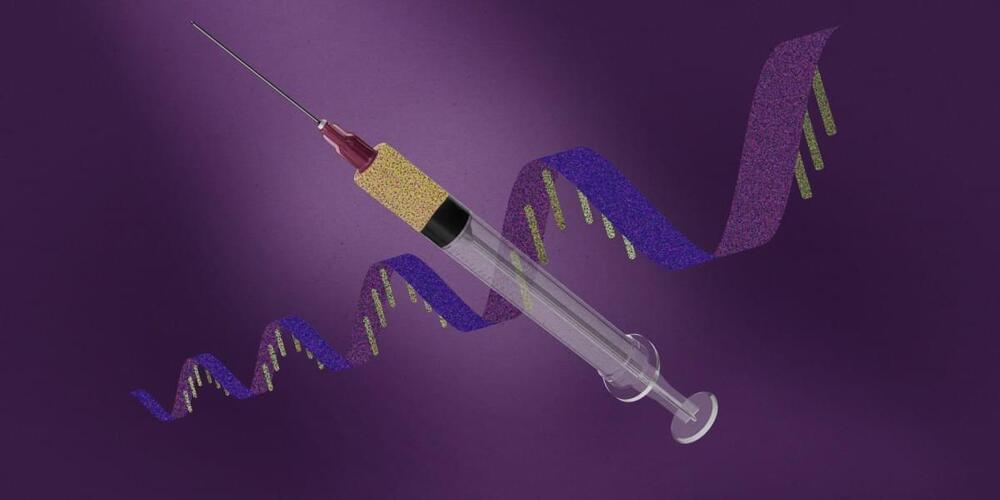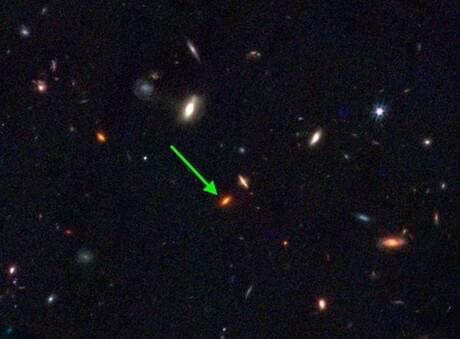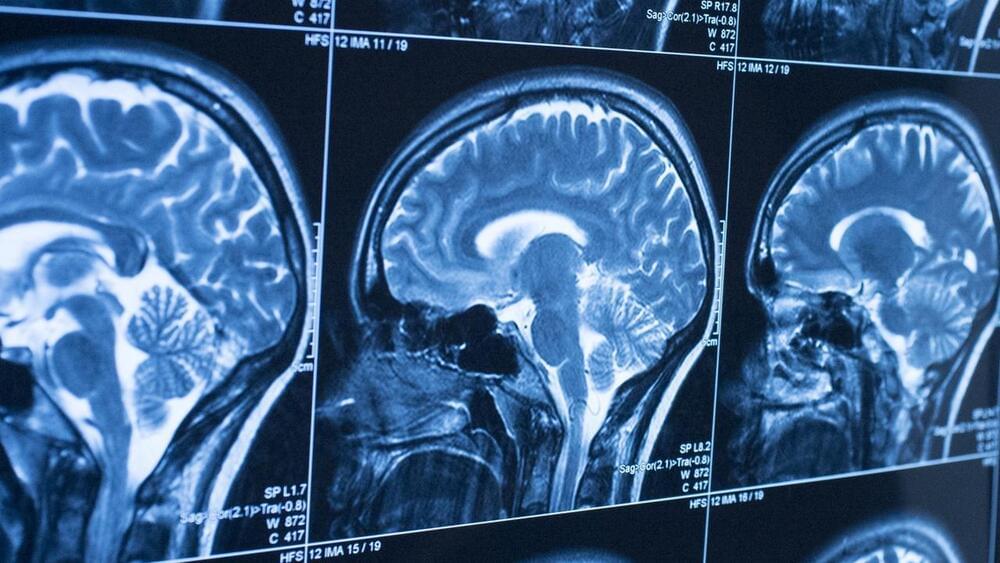Adding a photocopier gene to mRNA vaccines could make them last longer and curb side effects.



Uber and Lyft drivers in Phoenix and Los Angeles are facing increasing challenges as driverless taxis, notably Waymo One, enter the market. These autonomous vehicles are making an already competitive ride-hailing industry even tougher for human drivers.
According to Jacob Zinkula’s report, driverless taxis are significantly impacting the ride-hailing landscape in key markets like Phoenix and Los Angeles. Jason D., a 50-year-old Uber driver based in Phoenix, attributes his decreasing earnings to the influx of Waymo One robotaxis. He notes that heightened competition and operational costs, along with reduced fares and tips, are exacerbating income challenges for both full-time and part-time drivers.
Waymo One, operating under Alphabet, has rolled out over 100,000 paid rides weekly across Los Angeles, San Francisco, and Phoenix. With planned expansions to Atlanta and Austin, these vehicles are set to be integrated into the Uber app. Despite potential regulatory hurdles and safety considerations, experts in the ride-hailing field anticipate a gradual decline in Uber and Lyft drivers’ earnings as autonomous vehicles become more commonplace.

Doshi et al. present a very nice systematic evaluation of minimal requirements for adenoviral helper genes necessary in production of AAVs, as well as some progress towards stable cell lines with integrated helper genes.
The replication-defective adeno-associated virus (AAV) is extensively utilized as a research tool or vector for gene therapy. The production process of AAV remains intricate, expensive, and mechanistically underexplored. With the aim of enhancing AAV manufacturing efficiencies in mammalian cells, we revisited the questions and optimization surrounding the requirement of the various adenoviral helper genes in enabling AAV production. First, we refined the minimal set of adenoviral genes in HEK293 AAV production to E2A, L4-22K/33K, and VA RNA I. These findings challenge the previously accepted necessity of adenoviral E4orf6 in AAV production. In addition, we identified L4-22K genes as crucial helpers for AAV production.

Zhao, N., Zhang, CJ., Zhang, X. et al. npj Regen Med 9, 42 (2024). https://doi.org/10.1038/s41536-024-00387-7




Link :
Young people don’t worry about their health the same way older individuals do. Of course, many Gen Zers and Millenials do prioritize their physical and mental wellbeing. But they are young, while the risk of life-changing conditions like heart disease, diabetes, chronic pain, and cancer increases with age. However, research shows that Gen Z and Millenials are not as safe as once thought. The number of cases of colon cancer has doubled in the United States since the 1990s. Especially in the age 20 to 49 demographic.
Colon cancer is also known as colorectal cancer, bowel cancer, or rectal cancer — depending on where the tumor begins. It’s also called the silent killer because there may be few or zero warning signs. And once the symptoms finally appear, the cancer has already progressed.
According to the Colon Cancer Coalition (CCC), colorectal cancer is the fourth most commonly diagnosed cancer, and the second leading cause of death due to cancer. Moreover, 30% of its diagnoses are for individuals under the age of 55. This has made it the leading cause of cancer death for men and the second leading for women under the age of 50.


Gallbladder cancer is the latest form of the disease discovered to be rising in people under 50 — alongside bowel, breast and lung.
Data from charity Cancer Research UK (CRUK) show an 84 per cent rise in cases of the gastrointestinal cancer among Brits aged 24–49 since the early 90s.
While a significant increase in cases of the disease has been seen in Brits of all ages, younger adults have seen the largest rise of any age group.